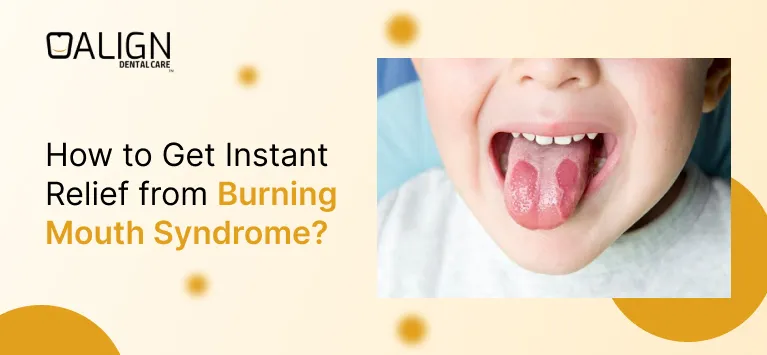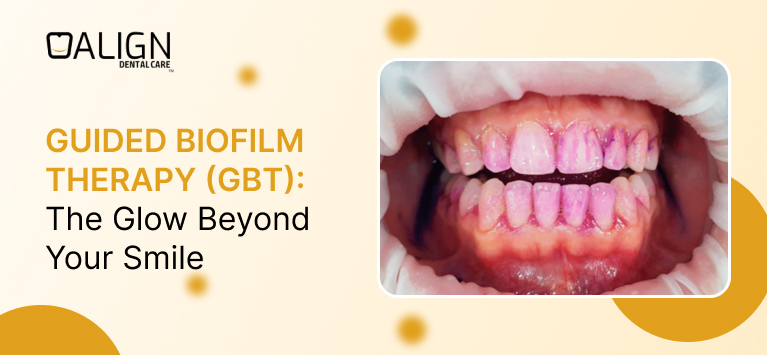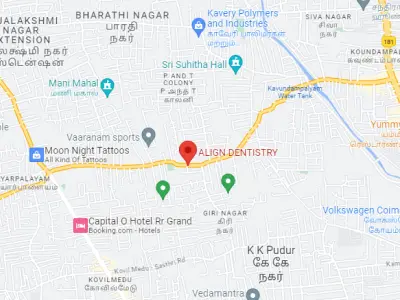
Mandibular Tori: Causes, Symptoms & Removal
Mandibular tori, also known as torus mandibularis, are bony growths that can develop on the inner surface of the lower jaw, specifically beneath the tongue. These growths are generally harmless and often go unnoticed unless they cause discomfort or interfere with oral hygiene. In this blog, we will explore what mandibular tori are, their causes, symptoms, treatment options, and more. By the end, you will have a comprehensive understanding of this condition and how to manage it effectively.
Table of Contents
What Are Mandibular Tori?
Mandibular tori are benign bony overgrowths that typically appear on the inner side of the mandible (lower jaw) near the premolars. They can occur on one side (unilateral) or both sides (bilateral mandibular tori) of the mouth. These growths are composed of dense bone and are usually asymptomatic, meaning they do not cause pain or discomfort in most cases. However, they can sometimes lead to complications, such as difficulty in maintaining oral hygiene or irritation from dental appliances.
Characteristics of Mandibular Tori
- Size and Shape: Mandibular tori can vary in size from small bumps to larger, more prominent growths. They are often round or oval in shape.
- Location: These growths are located on the floor of the mouth, beneath the tongue, and are typically found near the premolar teeth.
- Symmetry: In many cases, mandibular tori are symmetrical, appearing on both sides of the jaw.
What Causes Mandibular Tori?
The exact cause of mandibular tori is not fully understood, but several factors may contribute to their development:
- Genetics: There is evidence to suggest that mandibular tori may have a hereditary component as they tend to run in families.
- Mechanical Stress: Chronic irritation or pressure on the jawbone from teeth grinding (bruxism) or ill-fitting dentures may contribute to the formation of these growths.
- Vitamin Deficiency: Some studies suggest that a deficiency in certain vitamins, particularly vitamin D and calcium, may play a role in the development of mandibular tori.
- Age: Mandibular tori are more commonly observed in adults, particularly those over the age of 30.
Symptoms of Mandibular Tori
In most cases, mandibular tori do not cause any symptoms. However, if they grow large enough, they may lead to:
- Discomfort: Larger tori can cause discomfort, especially when eating or speaking.
- Irritation: They may irritate the soft tissues of the mouth, leading to soreness or inflammation.
- Difficulty with Dental Appliances: Individuals with dentures or braces may find that mandibular tori interfere with the fit of these devices.
Mandibular Tori Pictures
Pictures of mandibular tori typically show bony growths located on the inner side of the lower jaw, often appearing as small, rounded protrusions. These images can help individuals identify whether they may have similar growths and encourage them to seek professional advice if necessary.


Diagnosis of Mandibular Tori
Diagnosis of mandibular tori is usually made through a clinical examination by a dentist or oral surgeon. They may use imaging techniques, such as X-rays, to confirm the presence of bony growths and rule out other conditions.
Mandibular Tori vs. Normal
It is essential to differentiate between mandibular tori and other oral lesions or growths. Unlike malignant tumors, mandibular tori are benign and do not pose a risk of cancer. However, if there are concerns about the nature of the growths, further evaluation may be necessary.
Treatment for Mandibular Tori
In most cases, treatment for mandibular tori is not required unless they cause discomfort or complications. Here are some options:
Home Remedies
- Saltwater Rinse: Gargling with warm salt water can help reduce inflammation and soothe irritation.
- Avoiding Irritants: Steering clear of hard or sharp foods can prevent further irritation of the tori.
- Good Oral Hygiene: Maintaining proper oral hygiene is crucial to prevent plaque buildup around the tori.
Surgical Removal
If mandibular tori cause significant discomfort or interfere with oral function, surgical removal may be considered. This procedure is typically performed by an oral surgeon and involves the excision of the bony growths. Recovery time is usually minimal, and most patients can return to normal activities shortly after the procedure.
Can Mandibular Tori Shrink?
In some cases, mandibular tori may shrink or stabilize over time, particularly if they are caused by mechanical stress or irritation. However, once formed, they typically do not disappear completely. Regular dental check-ups can help monitor their size and any potential changes.
How Common Is Mandibular Tori?
Mandibular tori are relatively common, with studies suggesting that they occur in approximately 5-40% of the population. They are more prevalent in certain ethnic groups and may be influenced by genetic factors.
Conclusion
Mandibular tori are common, benign bony growths that can develop on the inner surface of the lower jaw. While they are usually asymptomatic, understanding their causes, symptoms, and treatment options is essential for maintaining oral health. In this blog, we explored what mandibular tori are, their characteristics, and how they can be managed. If you suspect you have mandibular tori or experience discomfort, it’s important to consult a healthcare professional for an accurate diagnosis and appropriate care. Regular dental check-ups can help monitor any changes and ensure your oral health remains in good condition.











